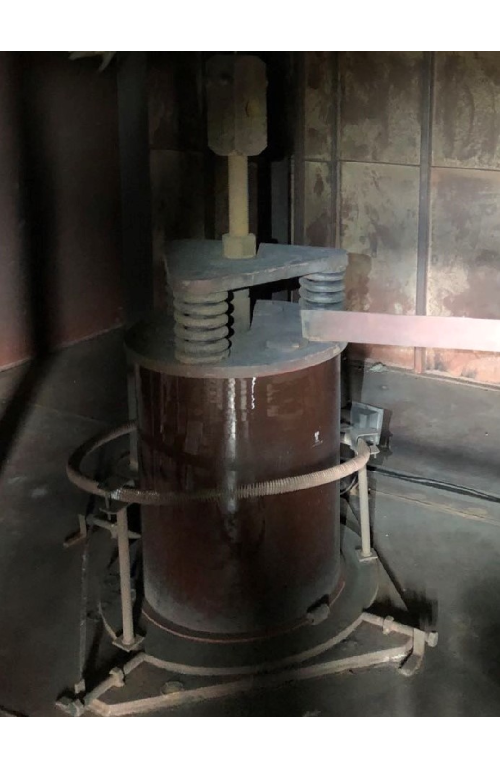ฉนวนไฟฟ้า (อังกฤษ: Insulator) หรือ ไดอิเล็กทริก (อังกฤษ: Dielectric) คือวัสดุที่มีคุณสมบัติในการกีดกั้นหรือขัดขวางการไหลของกระแสไฟฟ้าหรือวัสดุที่กระแสไฟฟ้าไม่สามารถไหลผ่านได้ ฉนวนที่ดีจะต้องสามารถป้องกันตัวนำไฟฟ้าจากความร้อนหรือของเหลวที่สามารถกัดกร่อนตัวนำไฟฟ้า และสามารถกันน้ำได้ดี ฉนวนที่ใช้หุ้มตัวนำไฟฟ้าต้องมีความต้านทานสูง ต้องไม่ถูกกรดหรือด่างกัดกร่อนได้ตั้งแต่อุณหภูมิ 0 ถึง 200 องศาฟาเรนไฮต์ และต้องไม่ดูดความชื้นในอากาศ Insulator And Conductor
วัสดุบางอย่างเช่น แก้ว กระดาษ หรือ เทฟลอน มีคุณสมบัติในการเป็นฉนวนไฟฟ้าที่ดีมาก แม้ว่าจะมีค่าความต้านทานไฟฟ้าค่อนข้างต่ำ แต่ก็ถือว่า “ดีพอ” ที่จะใช้เป็นฉนวนของสายไฟและสายเคเบิล รวมไปถึงวัสดุจำพวกโพลิเมอร์บางอย่างที่คล้ายกับยาง และพลาสติก ซึ่งสามารถใช้เป็นฉนวนกับระบบแรงดันต่ำถึงแรงดันปานกลาง (ประมาณหลักร้อยถึงหลักพันโวลต์) Insulator And Conductor
ตัวนำ (Conductor)
คือ สสาร วัตถุ วัสดุ หรือ อุปกรณ์ที่สามารถยอมให้กระแสไฟฟ้าไหลผ่านได้ง่าย หรือวัตถุที่มีความต้านทานต่ำ ได้แก่ ทองแดง อลูมิเนียม ทอง และเงิน ซึ่งเป็นตัวนำไฟฟ้าที่ดีที่สุด แต่ในสายไฟทั่วไปจะใช้ทองแดงเป็นตัวนำ เพราะตัวนำที่ทำจากเงินจะมีราคาแพง
ฉนวน (Insulator)
คือ สสาร วัตถุ วัสดุ หรือ อุปกรณ์ที่ไม่สามารถยอมให้กระแสไฟฟ้าไหลผ่านไปได้ หรือ ต้านการไหลของกระแสไฟฟ้าไม่ให้ผ่านไปได้ ได้แก่ ไม้แห้ง พลาสติก, ยาง, แก้ว และกระดาษแห้ง เป็นต้น


